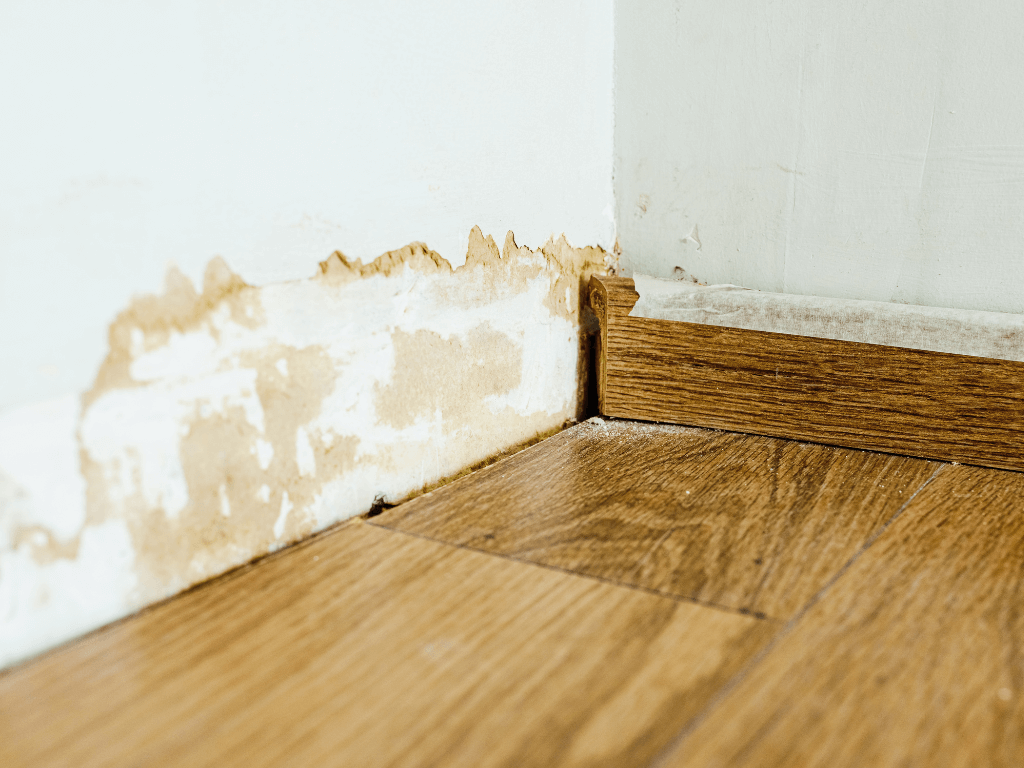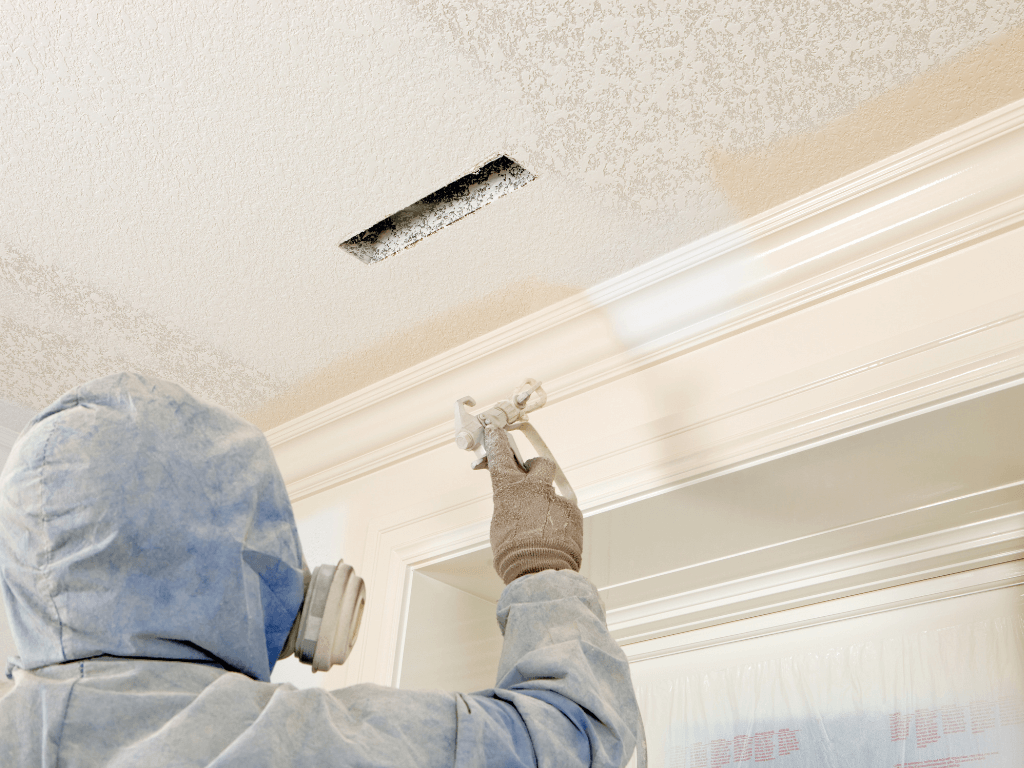Pets, Children and Mould Removal: Special Considerations
Pets, Children and Mould Removal: Special Considerations
Summary
Mould, often unnoticed, poses significant health risks, especially to vulnerable individuals like the elderly, children, those with pre-existing health conditions, immunocompromised individuals, pregnant women, and even pets. Mould grows in damp, poorly ventilated areas and can lead to respiratory issues, systemic infections, and other complications. Regular inspections, proper ventilation, and prompt mould removal are vital. In severe cases, seeking professional help ensures safe and effective mould removal. Awareness and proactive measures are essential for household safety.
Mould is a seemingly innocuous growth that many households deal with, often viewed as a mere inconvenience. Yet, its subtle, lurking presence can have devastating consequences for particular members of the family. Let’s delve deeper into the intricacies of mould, its health implications, and the vulnerable groups it can predominantly affect if effective mould removal methods are not undertaken.
Understanding Mould Growth
Mould thrives in damp environments, usually in areas where ventilation is minimal. Often, its growth is undetected until it becomes a visible issue requiring mould removal or until household members begin experiencing health symptoms. Such conditions can be particularly distressing for sensitive individuals, such as infants, the elderly, and those with pre-existing health conditions.
Mould Removal and Vulnerable Individuals
The Elderly
As people age, their immune systems naturally weaken, making them more susceptible to infections and allergens. Mould spores, when inhaled by the elderly, can lead to respiratory issues, including persistent coughs, asthma exacerbation, and bronchitis. Moreover, prolonged exposure can lead to chronic conditions, severely impacting their overall quality of life.
Children and Infants
Children, especially toddlers, are at an exploratory stage, often coming into direct contact with various surfaces around the house. Their developing respiratory systems and lower body weight make them more susceptible to mould exposure. Symptoms can manifest as skin rashes, chronic coughs, or even developmental delays in extreme cases.
Pre-existing Conditions
For individuals with asthma, chronic bronchitis, or other respiratory conditions, the presence of mould spores can be perilous. If mould removal is handled quickly, it can exacerbate their existing conditions, leading to possible frequent hospitalisations. Furthermore, they might experience aggravated symptoms like wheezing, shortness of breath, and chest tightness.
Immunocompromised Individuals
Individuals undergoing chemotherapy, those with HIV/AIDS, or organ transplant recipients can have compromised immune systems. For these individuals, mould doesn’t just aggravate respiratory conditions; it can lead to systemic fungal infections, affecting vital organs and often requiring intensive medical interventions.
Pregnant Women
Recent studies have hinted at the potential risks mould might pose to pregnant women, especially in terms of respiratory complications. While the research is still in very early stages, ensuring a healthy environment with regular mould removal checks is paramount for their well-being.
Pets
Pets are often overlooked when discussing mould’s detrimental effects. However, pets, particularly smaller ones, can experience severe respiratory distress, lethargy, and rashes due to mould exposure. Their constant proximity to the ground makes them more likely to inhale higher concentrations of mould spores.
Mitigating Mould Exposure in the Household
Ensuring a mould-free environment is not merely about maintaining aesthetic appeal. It’s a crucial health precaution. Regularly inspecting homes, especially basements, bathrooms, and attics, for signs of mould, is essential. Using dehumidifiers, ensuring proper ventilation, and immediate attention to water leaks can substantially reduce the risk of mould growth and need for extensive mould removal services.
Seeking Professional Help
In cases where mould infestation is extensive, it is prudent to seek the services of mould removal experts. They not only help in effective removal but also provide insights into preventive measures.
In conclusion, understanding the heightened risks of mould exposure for vulnerable members in a household is crucial. Regular maintenance, awareness, and prompt mould removal can help in safeguarding the health of your loved ones.
FAQs
- What causes mould growth in homes?
Mould growth is primarily caused by excessive moisture, which can arise from various sources, including leaks in roofs, walls, or pipes; flooding; high humidity; condensation; and poor ventilation. Mould spores are present in the air, and when they land on damp surfaces, they begin to multiply.
- Is it safe to remove mould by myself?
While minor mould infestations can be addressed with DIY methods using household cleaners, it’s crucial to wear protective gear, including gloves, masks, and goggles. For larger infestations, or if mould is present in your home’s HVAC systems, it’s recommended to hire professionals to ensure safe and effective removal, especially considering potential health risks.
- Can I just paint over mould to get rid of it?
No, painting over mould is not a solution. Mould will continue to grow beneath the paint, which can lead to further complications. Before painting or repainting a mouldy surface, it’s essential to clean and remove the mould entirely. Once the area is mould-free and dry, you can paint using mould-resistant paint.
- How can I prevent mould growth in my home?
Preventing mould involves controlling moisture in your home. This can be achieved by:
Ensuring proper ventilation, especially in bathrooms, kitchens, and laundry areas, using dehumidifiers in particularly damp areas, fixing leaks promptly, cleaning, and drying areas thoroughly after flooding and maintaining a clean home.
- Are all types of mould hazardous to health?
While not all mould types are harmful, several can cause health issues, especially for individuals with allergies, respiratory problems, or weakened immune systems. Common symptoms of mould exposure include sneezing, coughing, skin rashes, and eye irritation. Some moulds, like black mould (Stachybotrys Chartarum), are toxic and can lead to severe health problems. If you suspect a toxic mould presence, it’s essential to address it immediately and seek professional help.
Why Choose AllAces?
AllAces Cleaning & Restoration has more than 35 years of industry experience, handling a vast range of mould removal projects. Our IICRC-certified technicians are equipped to remediate small domestic jobs to large commercial infestations. We combine the use of advanced technology, equipment, and expertise to ensure effective results, returning your property to a safe and healthy environment.


